Home>Gardening & Outdoor>Landscaping Ideas>How To Grow Grass On Compacted Soil
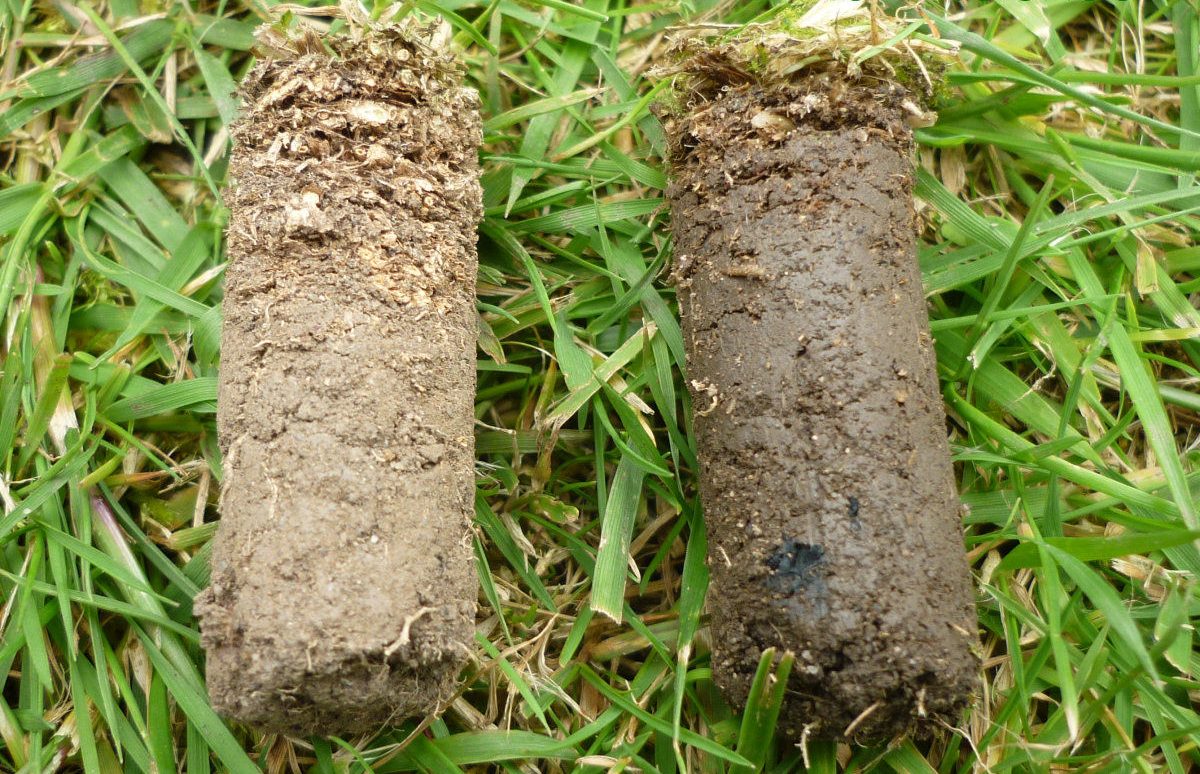

Landscaping Ideas
How To Grow Grass On Compacted Soil
Modified: March 24, 2024
Learn effective landscaping ideas for growing grass on compacted soil. Follow our step-by-step guide for a lush and healthy lawn.
(Many of the links in this article redirect to a specific reviewed product. Your purchase of these products through affiliate links helps to generate commission for Storables.com, at no extra cost. Learn more)
**
Introduction
**
Are you dreaming of a lush, green lawn but struggling with compacted soil? Don't worry, you're not alone. Many homeowners face the challenge of growing grass in compacted soil, which can hinder the healthy growth of grass roots and lead to patchy, thin turf. However, with the right knowledge and techniques, you can transform your compacted soil into a thriving lawn that will be the envy of the neighborhood.
In this comprehensive guide, we'll delve into the intricacies of dealing with compacted soil and provide you with expert tips on how to grow grass in such conditions. You'll learn about the characteristics of compacted soil, the essential steps to prepare it for grass, the best grass seed options, and the proper methods for planting and caring for grass on compacted soil.
By the end of this article, you'll be equipped with the knowledge and confidence to tackle compacted soil and nurture a vibrant, resilient lawn. So, let's roll up our sleeves and get ready to transform that stubborn compacted soil into a thriving carpet of green!
Now, let's dig into the details of understanding compacted soil and why it poses a challenge for growing healthy grass.
**
Key Takeaways:
- Transforming compacted soil into a lush lawn requires aeration, soil amendments, and choosing the right grass seed. Patience and consistent care are key to nurturing a vibrant, resilient lawn despite the soil’s challenges.
- By following expert tips and techniques, you can turn compacted soil into a flourishing green space that enriches your daily life. With dedication and creativity, your outdoor sanctuary can become a vibrant, resilient canvas of greenery.
Read more: How To Grow Grass In Clay Soil
Understanding Compacted Soil
**
Compacted soil is a common issue that occurs when the soil particles are pressed together, reducing pore space and limiting the circulation of air, water, and nutrients. This compression can result from various factors, such as heavy foot traffic, construction activities, or natural soil composition. When soil becomes compacted, it creates an inhospitable environment for grass roots to thrive, impeding their ability to penetrate the soil and establish a robust network.
One of the primary consequences of compacted soil is poor drainage. The reduced pore space prevents water from infiltrating the soil effectively, leading to surface runoff and waterlogged areas. Additionally, compacted soil restricts the movement of air, hindering gas exchange and impeding the vital processes of root respiration and microbial activity.
Moreover, compacted soil can impede the penetration of nutrients and hinder the development of a healthy soil ecosystem. Beneficial organisms, such as earthworms and microorganisms, struggle to thrive in compacted soil, further diminishing the soil’s fertility and resilience.
Identifying compacted soil is crucial for addressing the underlying issues that hinder grass growth. Common indicators of compacted soil include persistent standing water, slow infiltration of water after irrigation or rainfall, and the presence of bare or thin turf in high-traffic areas. Additionally, soil compaction can be confirmed through simple tests, such as probing the soil with a screwdriver or soil penetrometer to assess the level of resistance.
Understanding the challenges posed by compacted soil is the first step toward revitalizing your lawn. In the following sections, we will explore the essential techniques for preparing compacted soil for successful grass growth, empowering you to overcome this obstacle and achieve a vibrant, resilient lawn.
**
Preparing Compacted Soil for Grass
**
Reviving compacted soil to create an optimal environment for healthy grass growth requires a strategic approach. The goal is to alleviate compaction, improve soil structure, and enhance the soil’s capacity to support thriving grass roots. Here are essential steps to prepare compacted soil for grass:
- Aeration: Core aeration is a highly effective technique for alleviating soil compaction. This process involves removing plugs of soil from the ground, creating channels that allow air, water, and nutrients to penetrate the soil. Aeration also stimulates root development and enhances the overall health of the turfgrass.
- Soil Amendments: Incorporating organic matter, such as compost or well-rotted manure, into the compacted soil can significantly improve its structure. Organic amendments enhance soil porosity, water retention, and nutrient availability, fostering a more hospitable environment for grass roots to thrive. Additionally, gypsum can be applied to clay soils to help loosen the soil structure and improve drainage.
- Mechanical Tilling: In severe cases of compaction, mechanical tilling may be necessary to break up compacted layers and promote better soil aeration. However, it’s crucial to exercise caution when tilling, as excessive disruption of the soil can lead to detrimental effects on soil structure and microbial activity.
- Topdressing: Applying a thin layer of topdressing material, such as compost or topsoil, over the compacted soil can aid in smoothing out uneven areas and introducing beneficial organic matter. Topdressing also contributes to the gradual improvement of soil structure and fertility over time.
By implementing these preparatory measures, you can effectively mitigate the challenges posed by compacted soil and create a more conducive environment for successful grass establishment. The next crucial step in growing grass on compacted soil involves selecting the right grass seed varieties tailored to the specific conditions of your lawn.
**
Aerate the soil to break up compaction and improve grass growth. Use a core aerator or pitchfork to create holes in the soil, allowing air, water, and nutrients to reach the roots.
Choosing the Right Grass Seed
**
When it comes to growing grass on compacted soil, selecting the appropriate grass seed varieties is paramount for achieving a resilient and visually appealing lawn. The ideal grass species should possess traits that enable it to thrive in compacted soil conditions, such as strong root development, tolerance to foot traffic, and resilience against environmental stressors. Here are key factors to consider when choosing the right grass seed for compacted soil:
- Drought Tolerance: Opt for grass seed varieties known for their drought tolerance, as compacted soil can exacerbate moisture stress. Drought-resistant grasses can withstand periods of limited water availability, ensuring the continued vitality of your lawn.
- Wear Resistance: Select grass species renowned for their wear resistance, especially if the compacted soil is located in high-traffic areas. These grasses can endure the rigors of foot traffic and retain their lush appearance, contributing to a consistently attractive lawn.
- Deep Rooting: Look for grass seed varieties that are capable of developing deep root systems. Strong, deep roots enable the grass to access water and nutrients from deeper soil layers, enhancing its resilience and overall health in compacted soil conditions.
- Adaptability to Soil Types: Consider grass species that exhibit adaptability to various soil types, including compacted soil. Certain grasses have the ability to thrive in challenging soil conditions, displaying resilience and vigor despite soil compaction.
- Climate Suitability: Ensure that the selected grass seed varieties are well-suited to the climate of your region. Grasses adapted to the local climate will demonstrate better performance and longevity, contributing to a thriving lawn in compacted soil.
By carefully evaluating these factors and consulting with local experts or reputable sources, you can make informed decisions regarding the most suitable grass seed varieties for your specific compacted soil conditions. Once you have identified the optimal grass seed options, it’s time to proceed with the essential steps for planting and caring for grass on compacted soil.
**
Planting and Caring for Grass on Compacted Soil
**
After preparing the compacted soil and selecting the right grass seed varieties, the next crucial phase involves the proper planting and ongoing care of the grass to ensure its successful establishment and long-term resilience. Here are essential guidelines for planting and caring for grass on compacted soil:
- Seeding: When seeding grass on compacted soil, ensure that the seedbed is well-prepared to provide optimal conditions for germination and root development. Spread the selected grass seed evenly over the prepared soil, following the recommended seeding rates for the chosen grass species. Lightly rake the seeds into the soil to achieve good seed-to-soil contact, promoting successful germination.
- Watering: Adequate and consistent watering is essential for the establishment of grass on compacted soil. Keep the seeded area consistently moist, but avoid excessive saturation, which can lead to runoff and waterlogged conditions. Monitor the soil moisture regularly and adjust the watering schedule as needed to support healthy germination and early growth.
- Fertilization: Consider applying a high-quality starter fertilizer after seeding to provide essential nutrients that support early root development and establishment. Follow the recommended application rates and timing to optimize the effectiveness of the fertilizer without risking damage to the developing grass seedlings.
- Mowing: Once the grass has established a sufficient height, begin mowing at the recommended height for the selected grass species. Regular mowing encourages lateral growth and promotes a dense, resilient turf. Avoid mowing too closely, especially during the early stages of establishment, to prevent stress on the developing grass plants.
- Maintenance Practices: Implement proper maintenance practices, including core aeration, overseeding, and topdressing, to continually improve the soil structure and support the long-term health of the grass. These practices help mitigate compaction, introduce beneficial organic matter, and enhance the overall resilience of the lawn.
By diligently following these planting and care guidelines, you can facilitate the successful establishment of grass on compacted soil and nurture a vibrant, resilient lawn that thrives despite the challenging soil conditions. With patience, attentive care, and the right strategies, you can transform compacted soil into a flourishing carpet of green, enhancing the beauty and functionality of your outdoor space.
**
Read more: How To Grow Grass In Hard Soil
Conclusion
**
Transforming compacted soil into a thriving lawn is an achievable goal with the right knowledge and strategic approach. By understanding the challenges posed by compacted soil and implementing targeted solutions, you can create an environment that fosters the healthy growth of grass roots and supports the development of a lush, resilient lawn.
From the essential steps of preparing compacted soil through aeration, soil amendments, and topdressing to the careful selection of the right grass seed varieties tailored to compacted soil conditions, each phase plays a crucial role in the successful establishment of grass. Additionally, the proper planting and ongoing care of the grass, including watering, fertilization, mowing, and maintenance practices, are integral to nurturing a vibrant and resilient lawn despite the soil’s compaction.
As you embark on this journey to grow grass on compacted soil, remember that patience and consistency are key virtues. The transformation of compacted soil into a lush, green oasis may take time, but the results will be well worth the effort. Embrace the process, stay attuned to the needs of your lawn, and celebrate each milestone as you witness the gradual emergence of a vibrant, resilient carpet of green.
Ultimately, the successful growth of grass on compacted soil not only enhances the visual appeal of your outdoor space but also contributes to the creation of a functional and inviting environment for relaxation, recreation, and connection with nature. By overcoming the challenges of compacted soil and nurturing a thriving lawn, you can enjoy the beauty and benefits of a healthy green space that enriches your daily life and inspires admiration from others.
So, roll up your sleeves, apply the expert tips and techniques shared in this guide, and embark on the journey to transform compacted soil into a flourishing lawn that will be the pride of your home. With dedication, knowledge, and a touch of creativity, you can turn your compacted soil into a vibrant, resilient canvas of greenery that invites joy and rejuvenation into your outdoor sanctuary.
Frequently Asked Questions about How To Grow Grass On Compacted Soil
Was this page helpful?
At Storables.com, we guarantee accurate and reliable information. Our content, validated by Expert Board Contributors, is crafted following stringent Editorial Policies. We're committed to providing you with well-researched, expert-backed insights for all your informational needs.
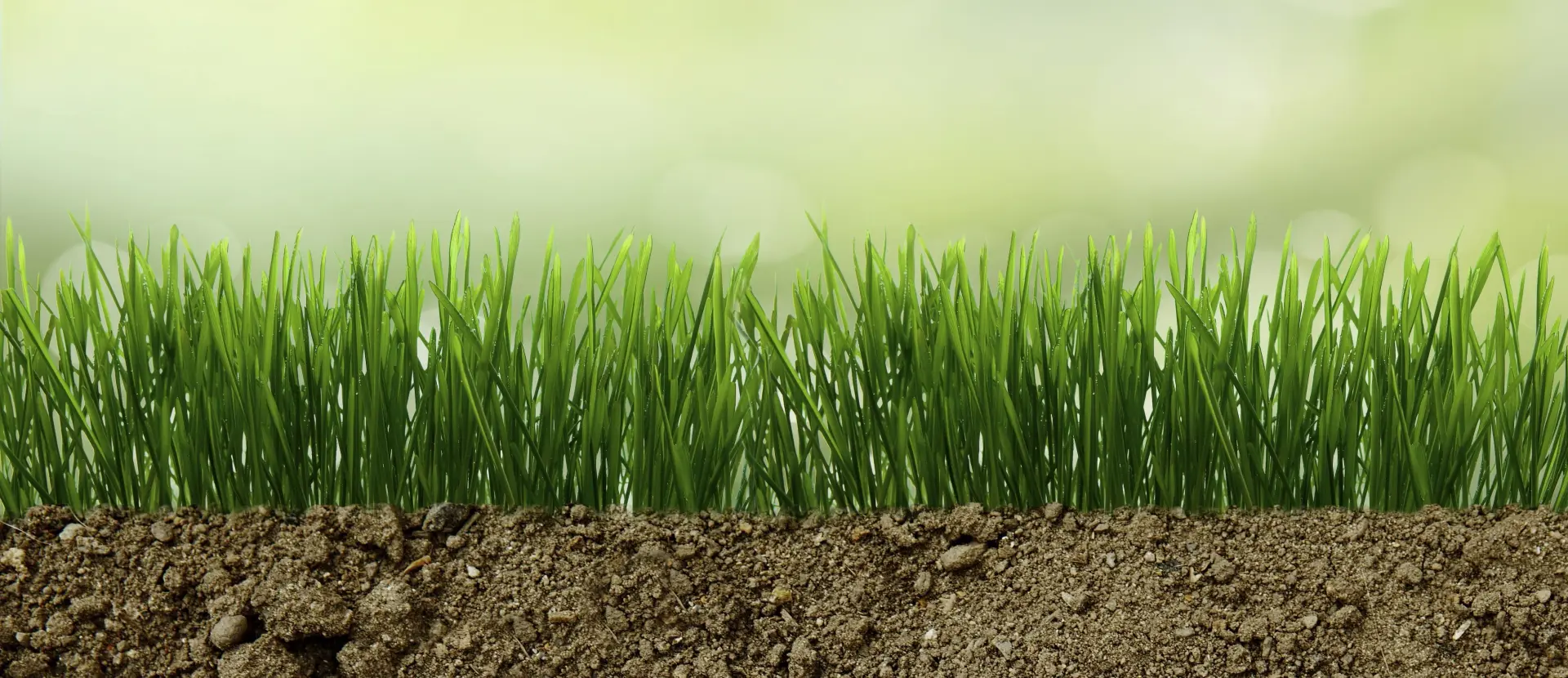
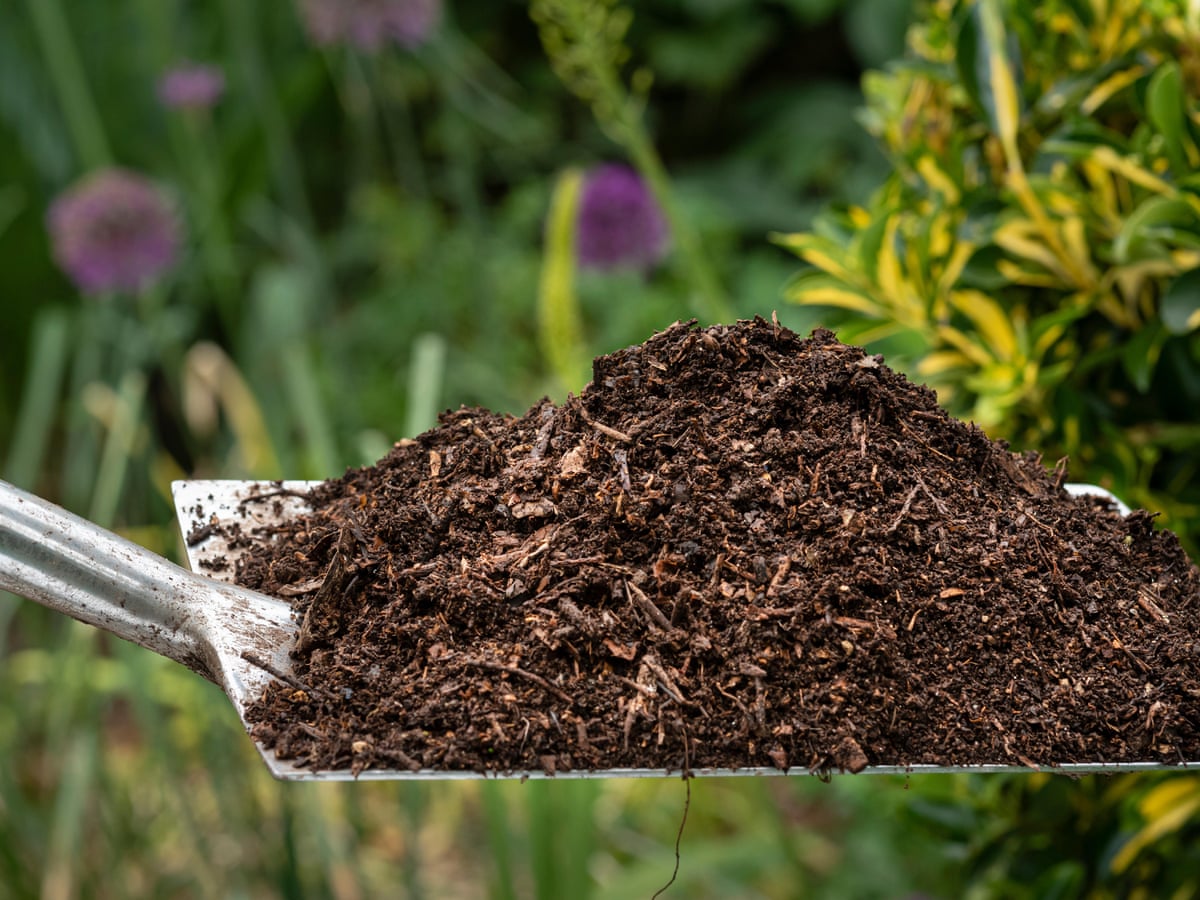
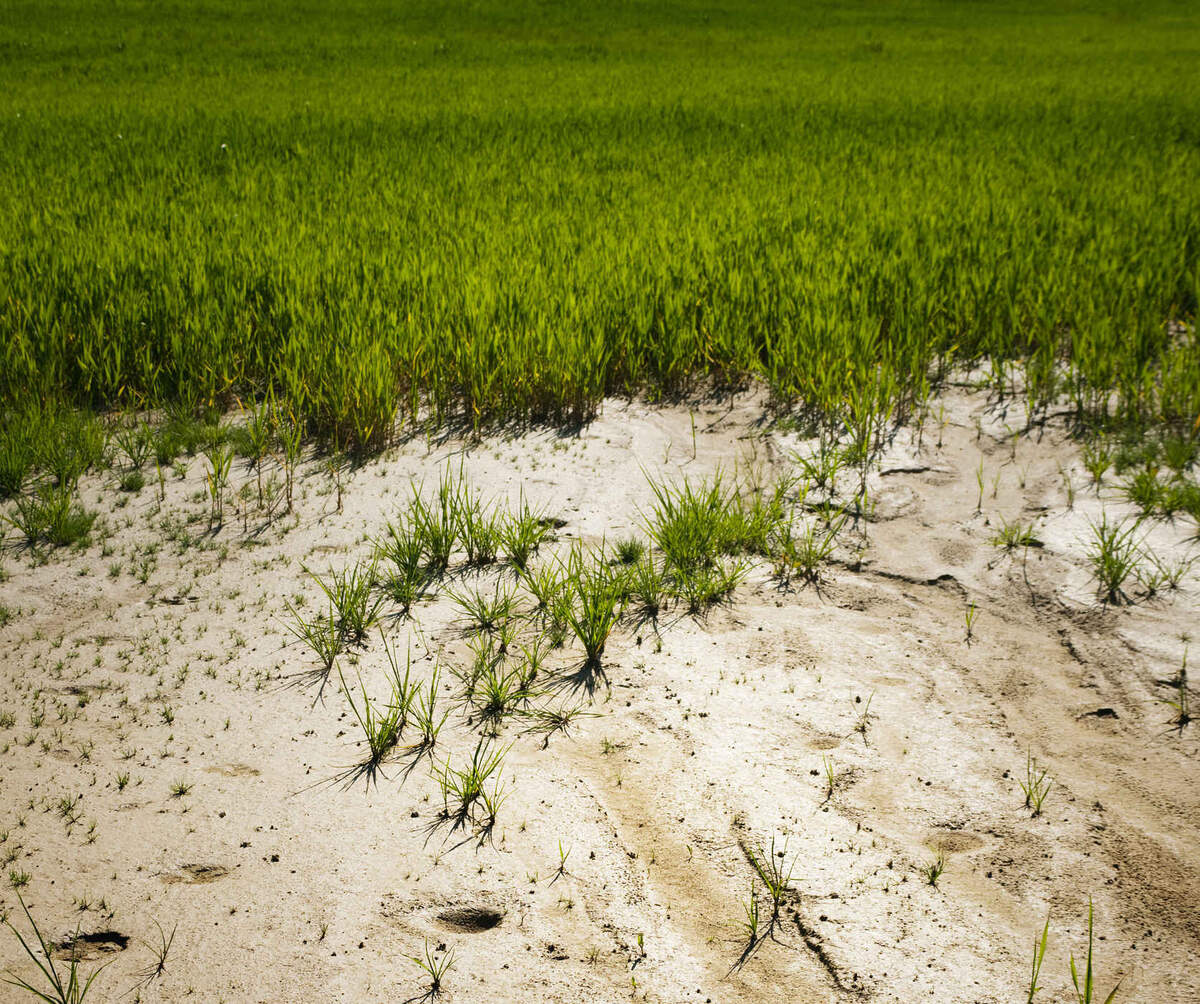
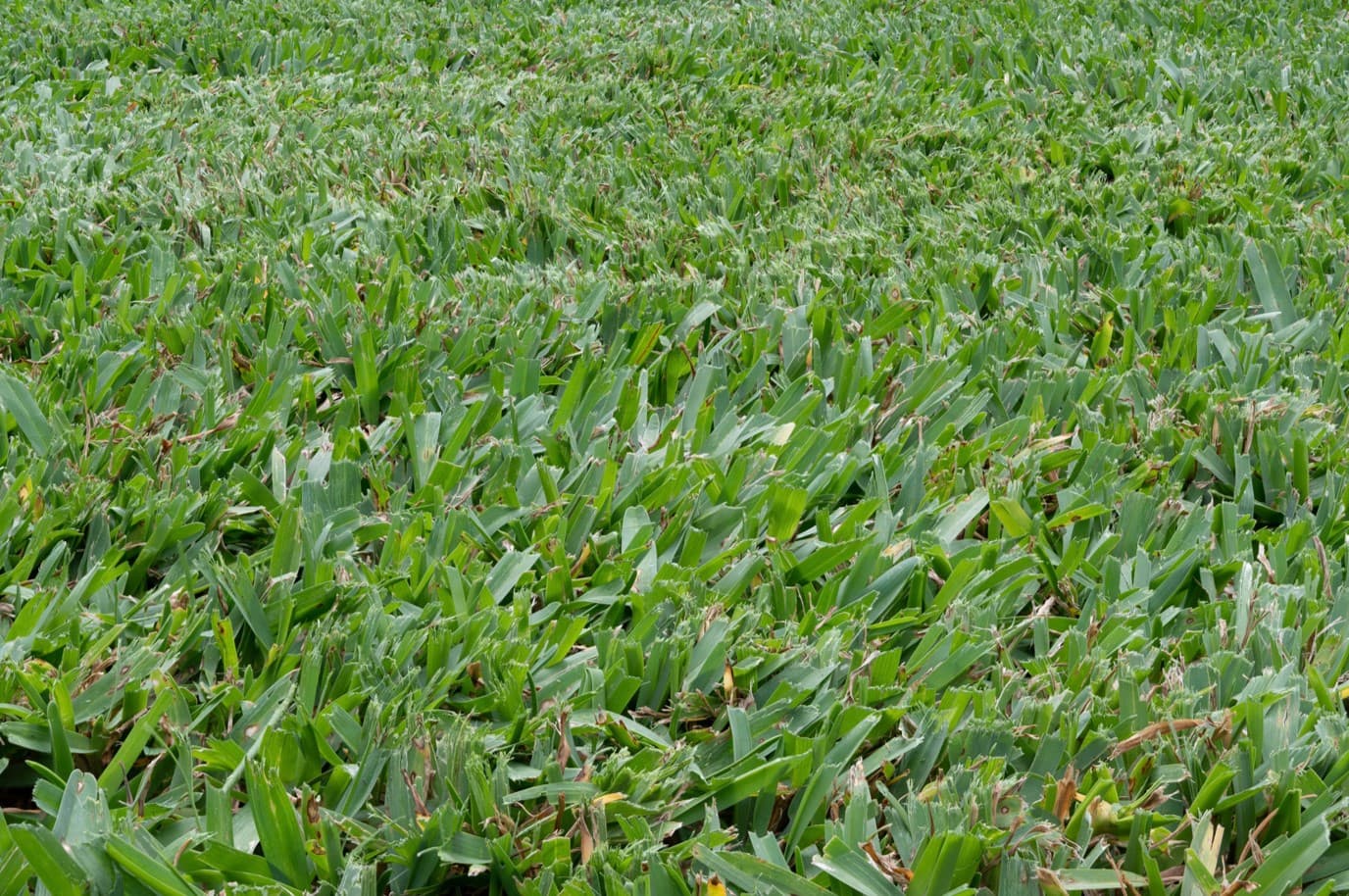
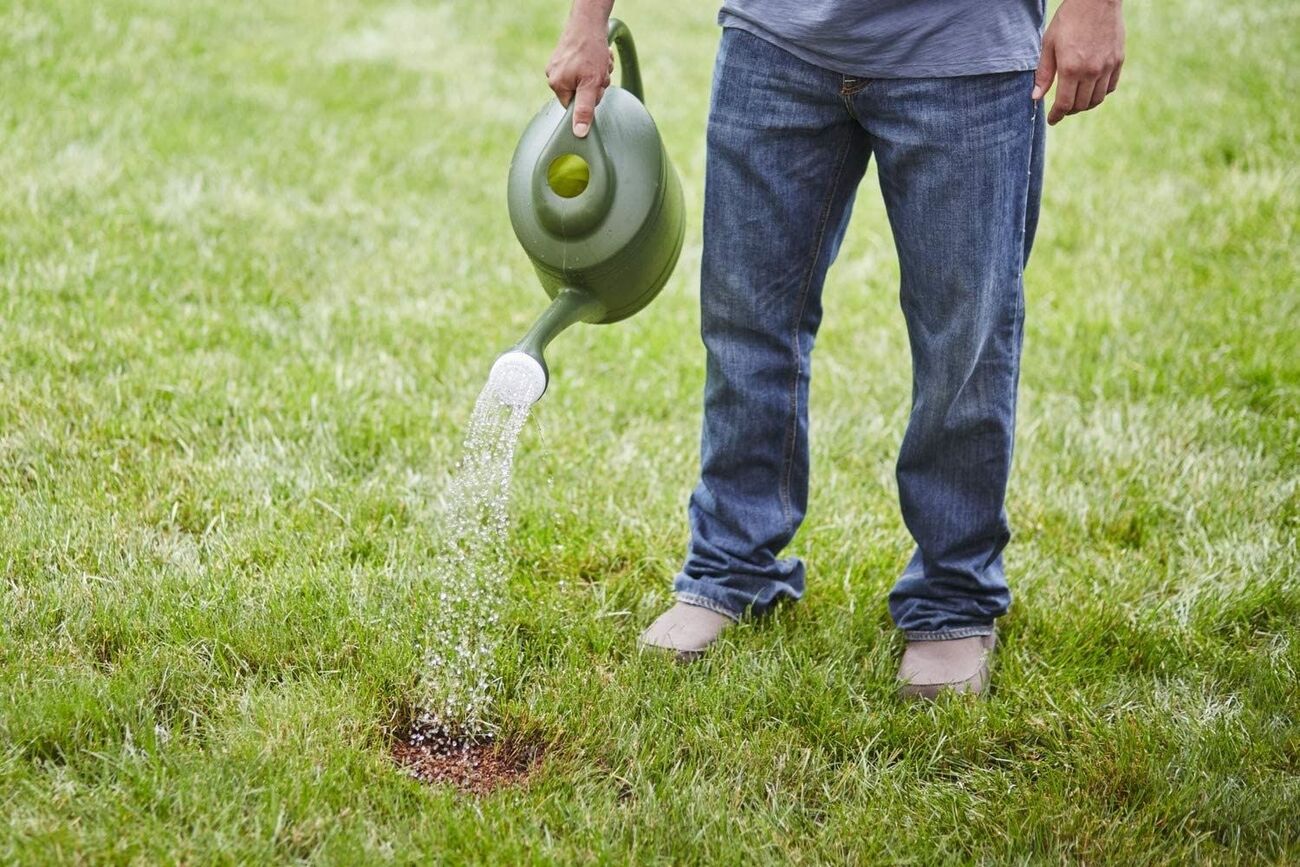
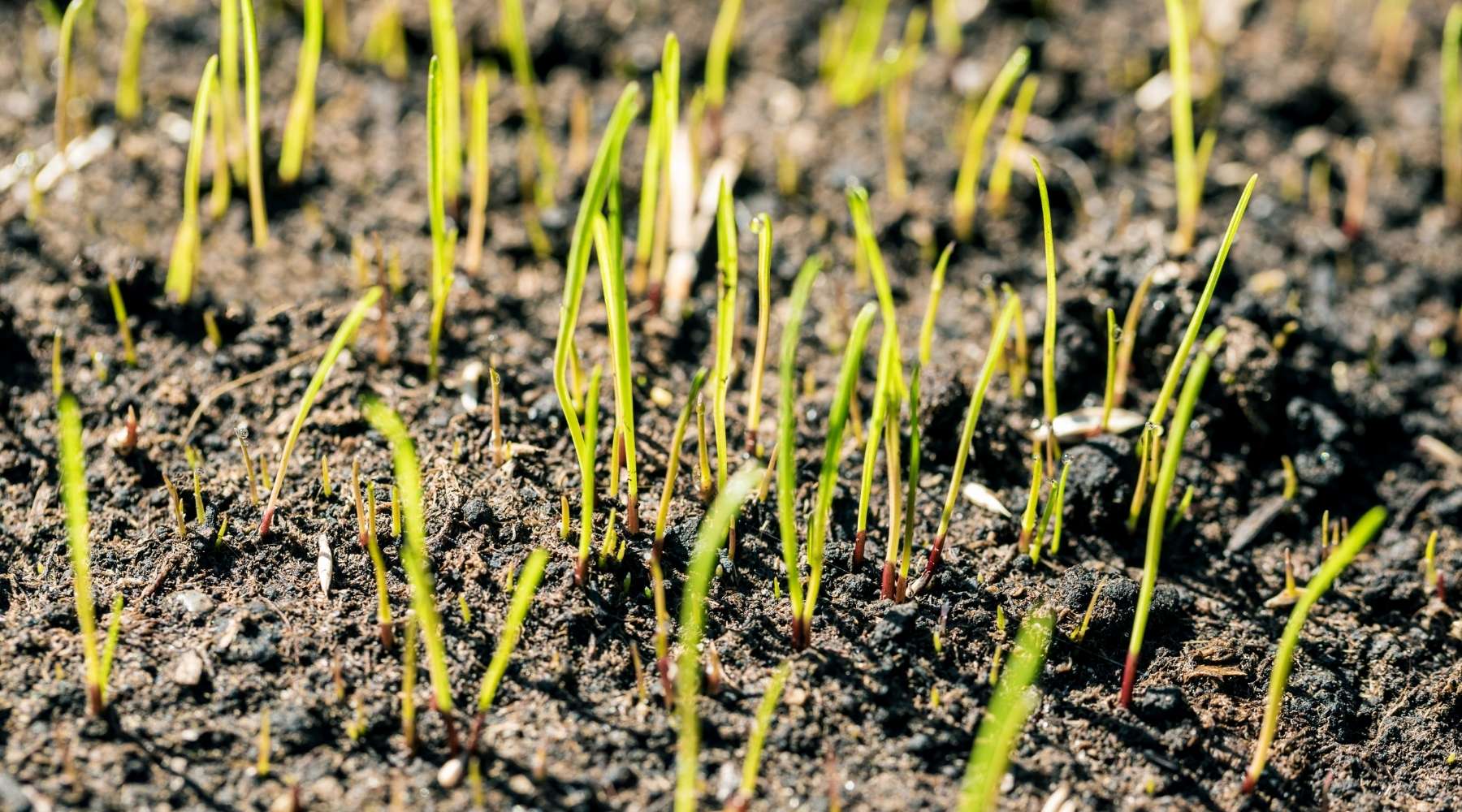
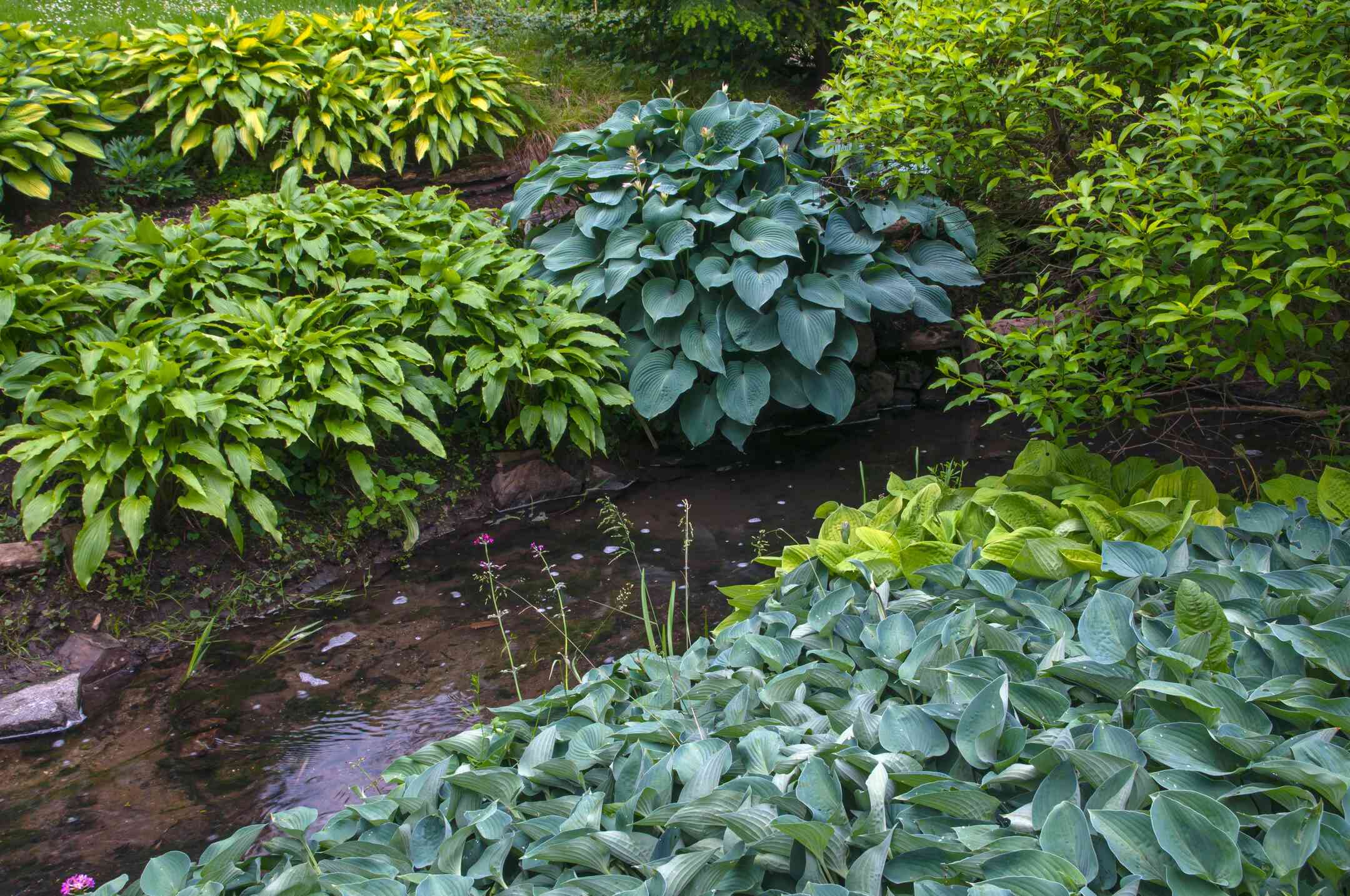
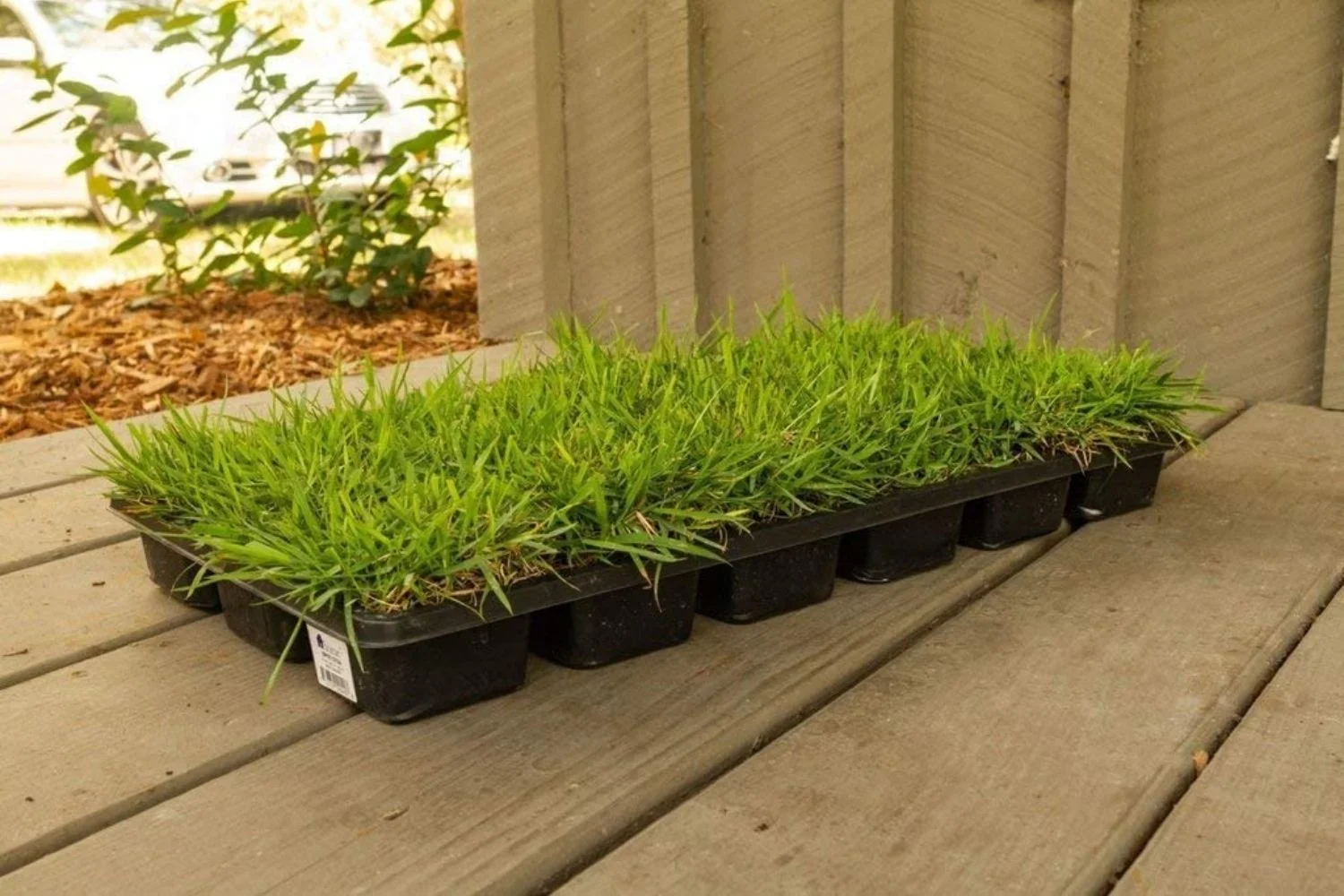
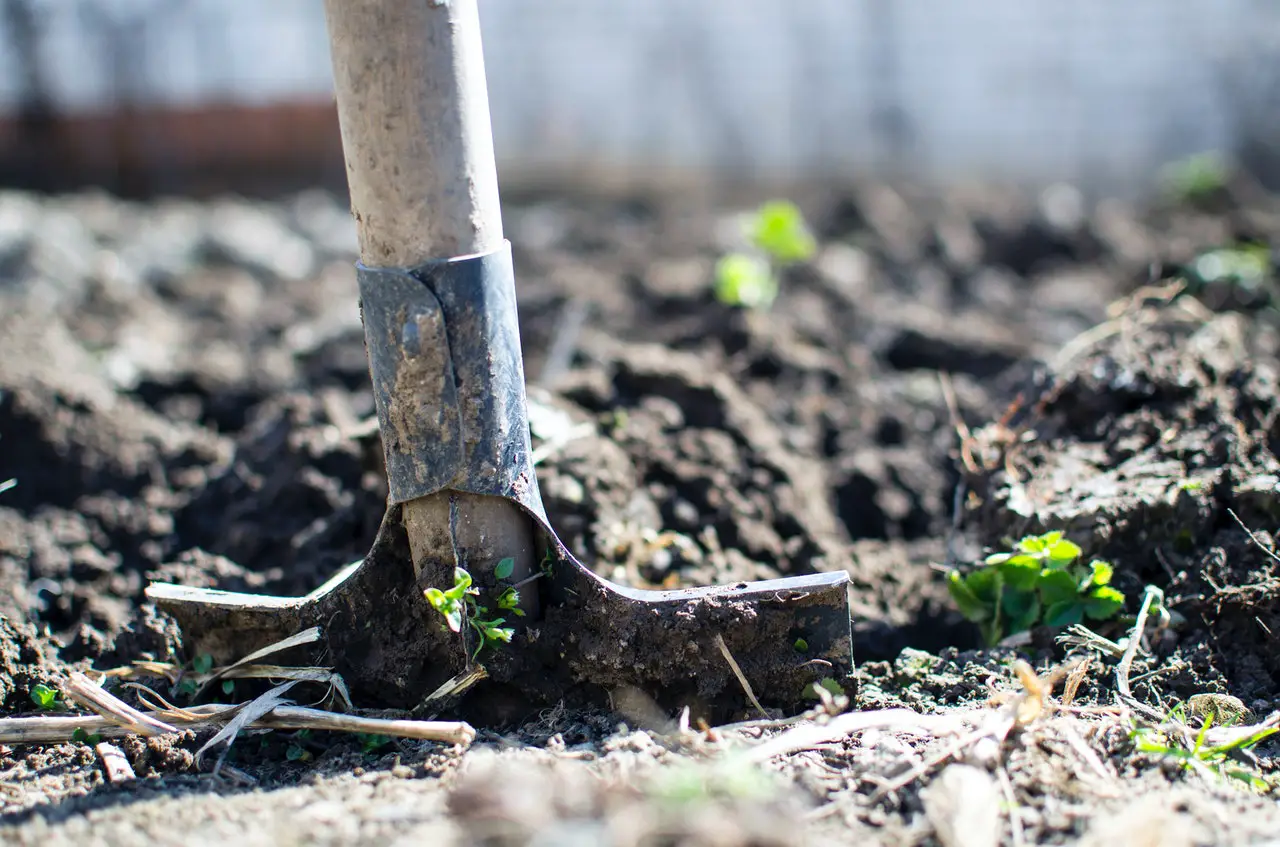
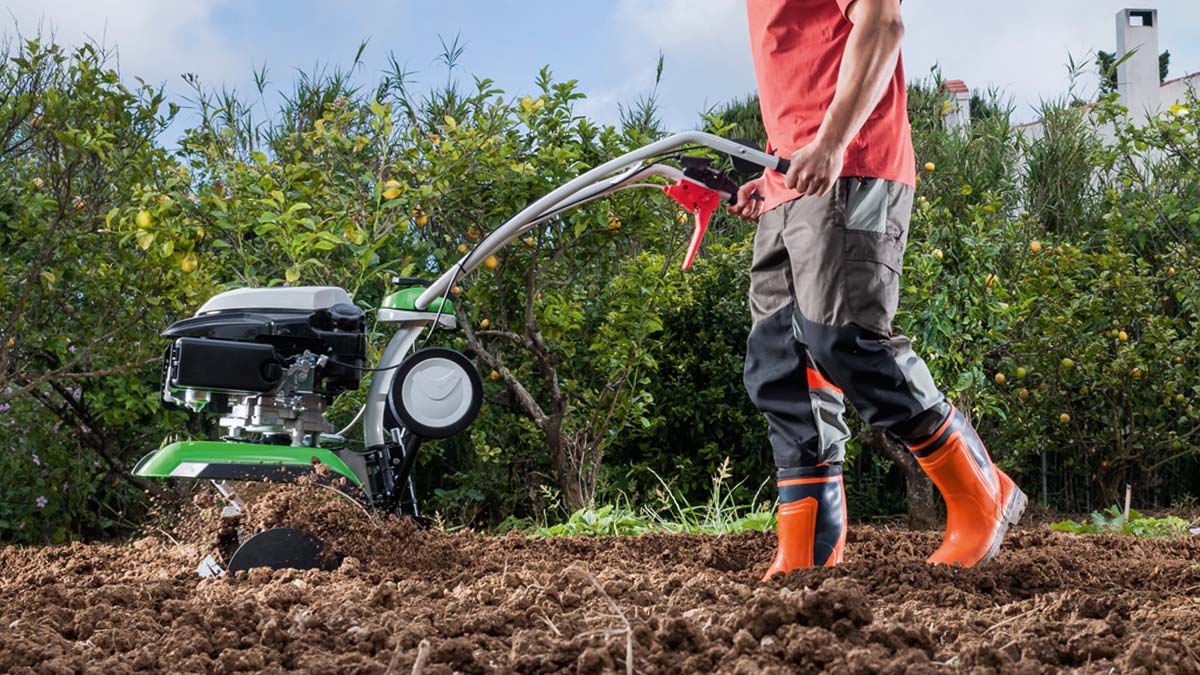
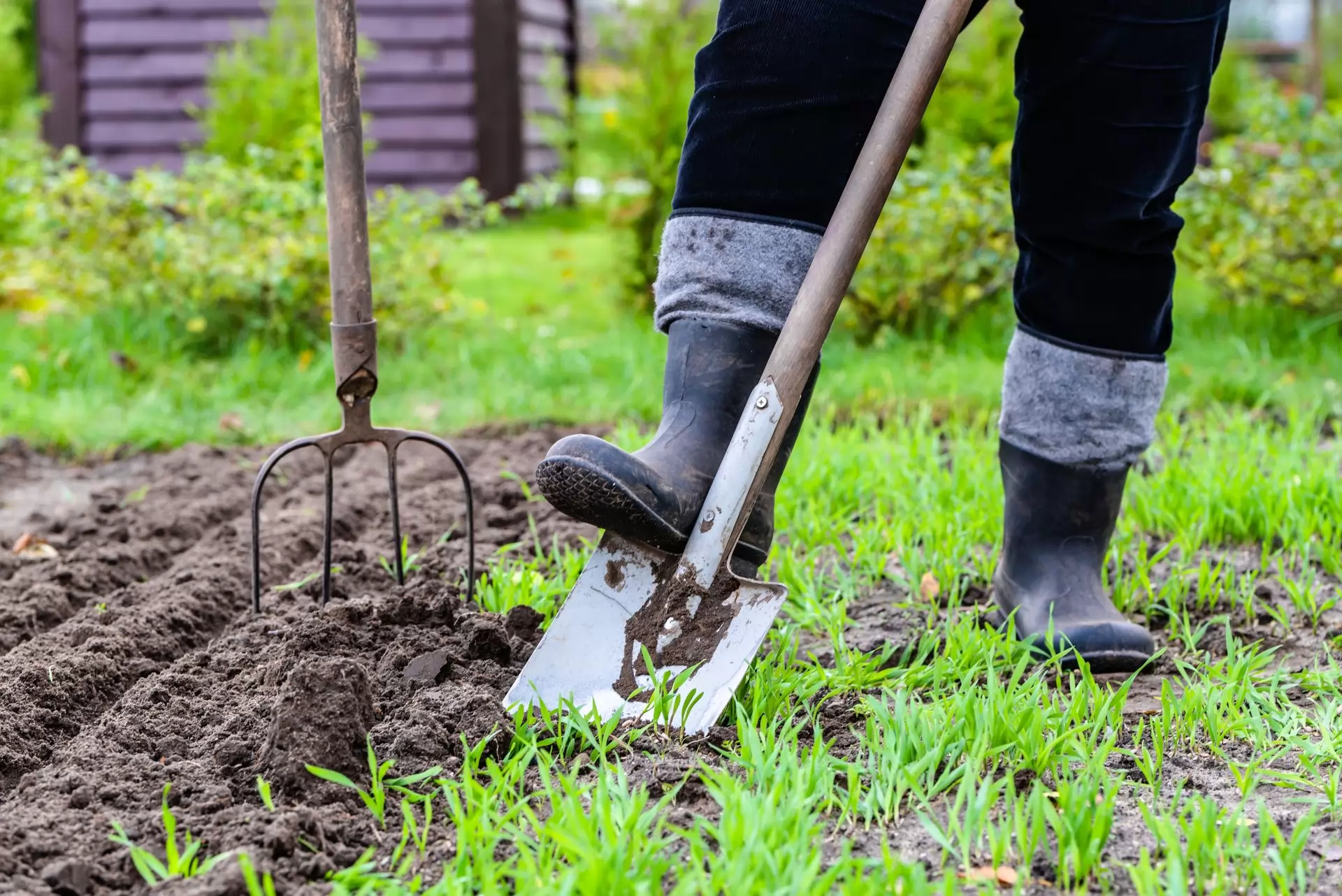
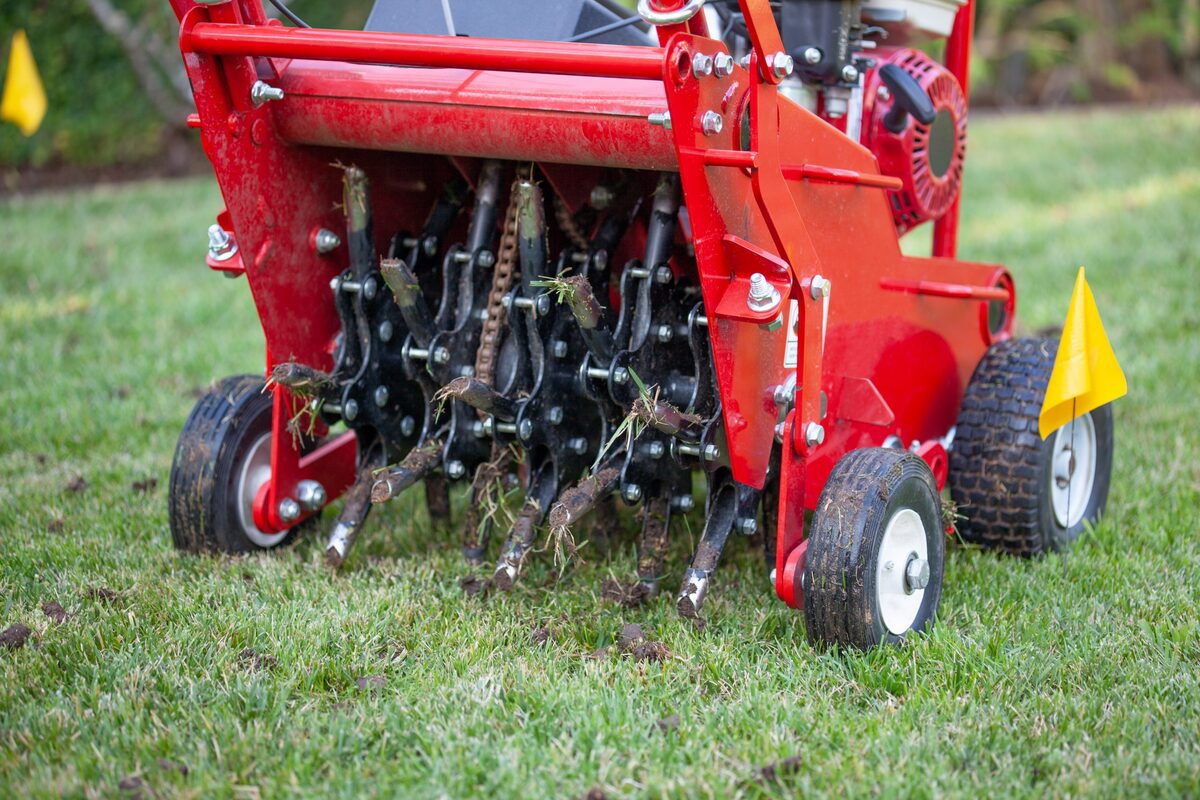
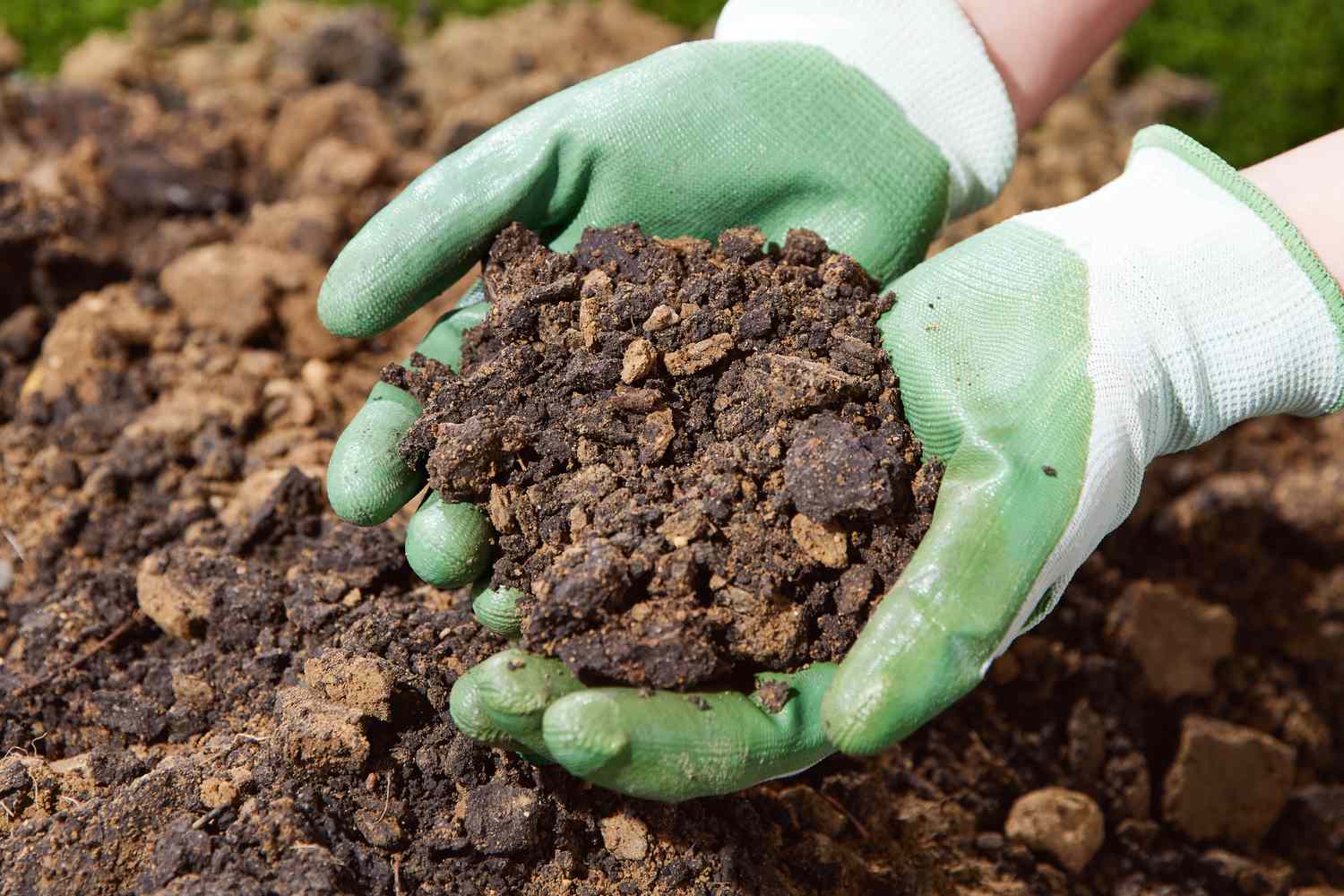
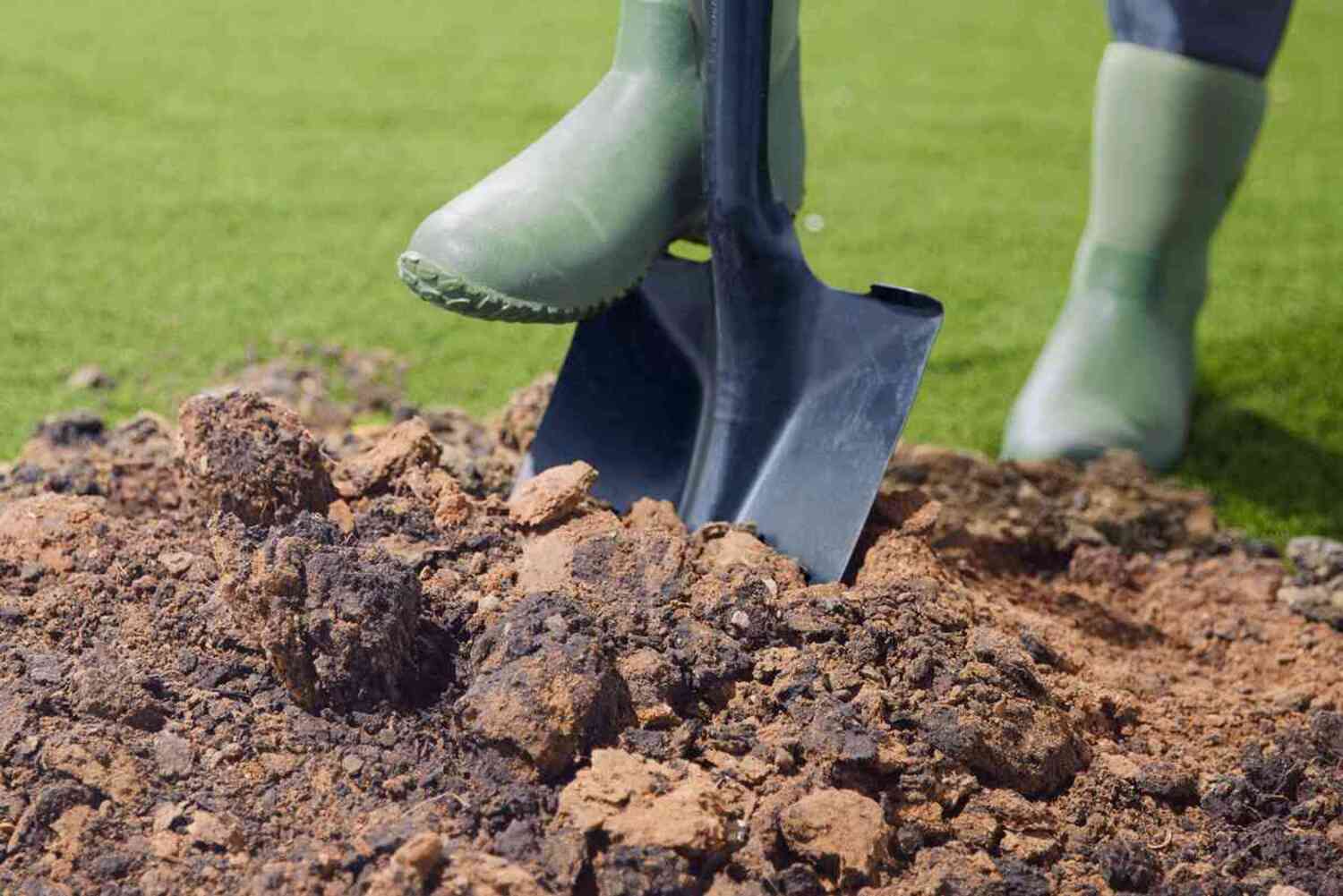

0 thoughts on “How To Grow Grass On Compacted Soil”